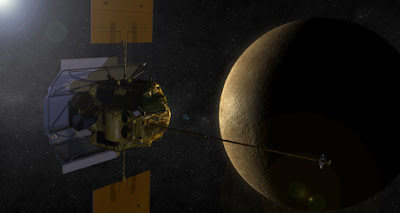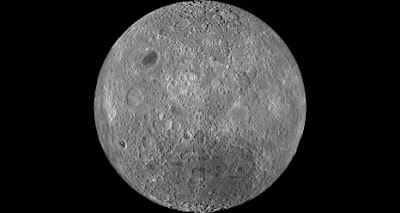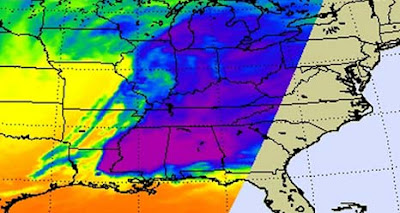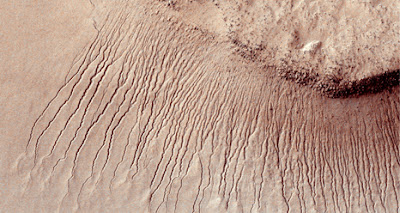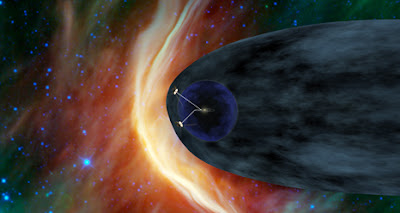On March 29, 1807, German astronomer Heinrich Wilhelm Olbers spotted Vesta as a pinprick of light in the sky. Two hundred and four years later, as NASA's Dawn spacecraft prepares to begin orbiting this intriguing world, scientists now know how special this world is, even if there has been some debate on how to classify it.
Vesta is most commonly called an asteroid because it lies in the orbiting rubble patch known as the main asteroid belt between Mars and Jupiter. But the vast majority of objects in the main belt are lightweights, 100-kilometers-wide (about 60-miles wide) or smaller, compared with Vesta, which is about 530 kilometers (330 miles) across on average. In fact, numerous bits of Vesta ejected by collisions with other objects have been identified in the main belt.








